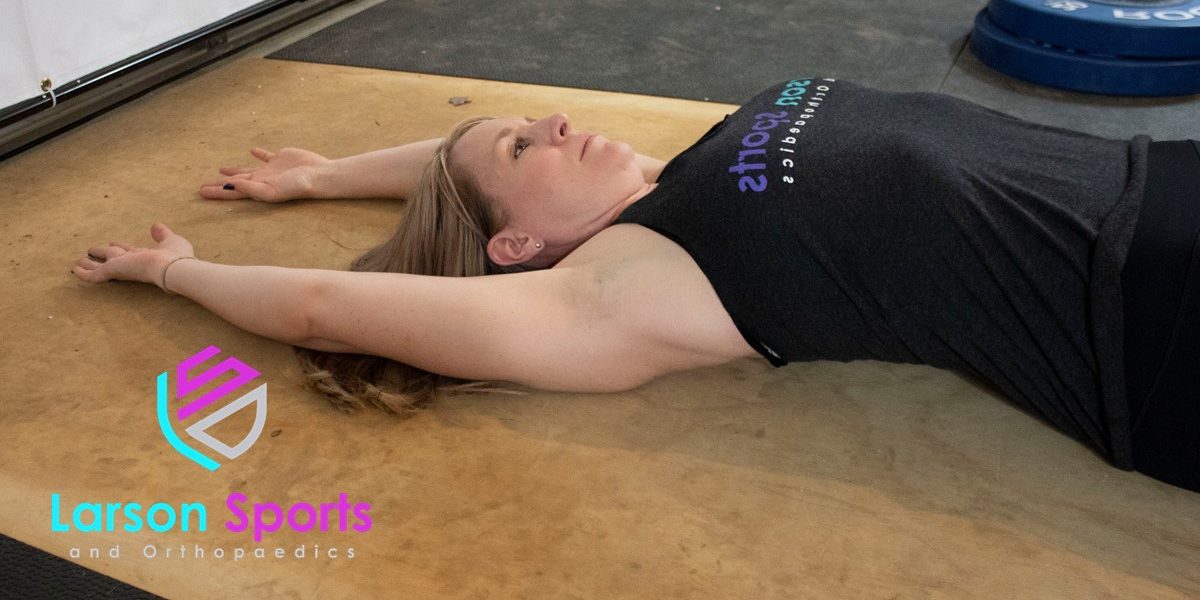Your shoulders are some of the most mobile joints you have. But with that freedom of motion comes a higher risk of injury. That’s why shoulder injuries are one of the most common problems treated by myself and other orthopedic surgeons. Which is why I’ve written this post, to help all of you in your quest for shoulder injury prevention.
But who am I kidding? You are probably here because you’ve already tweaked your shoulder and are trying to make sure it doesn’t get worse, right? Well, in either case, read on for my best workout tips for shoulder injury prevention.
Strengthen Your Rotator Cuff
The rotator cuff is a set of four muscles surrounding the shoulder. The main job of the rotator cuff is to stabilize the shoulder and help with movement. But it’s also small, relatively weak, and easily irritated. When damaged, the rotator cuff stops doing its job well which leads to further injuries.
But strengthening the rotator cuff is key to keeping your shoulders happy. Remember, when exercising your rotator cuff, keep it light. Stay around 10 pounds of resistance or less. If you are using more than ten pounds, you are using other big muscles like the deltoid and not really targeting the cuff.
Two of the best exercises to reduce work your rotator cuff muscles are banded external rotations and prone shoulder abductions. Focus on doing these as eccentric exercises. That means taking the shoulder all the way out, and then slowly letting it go back to the starting position, resisting the whole way down. Eccentric exercise helps to realign the collagen fibers in tendons, decrease pain from tendinitis, lengthen muscles to decrease tension, and improve
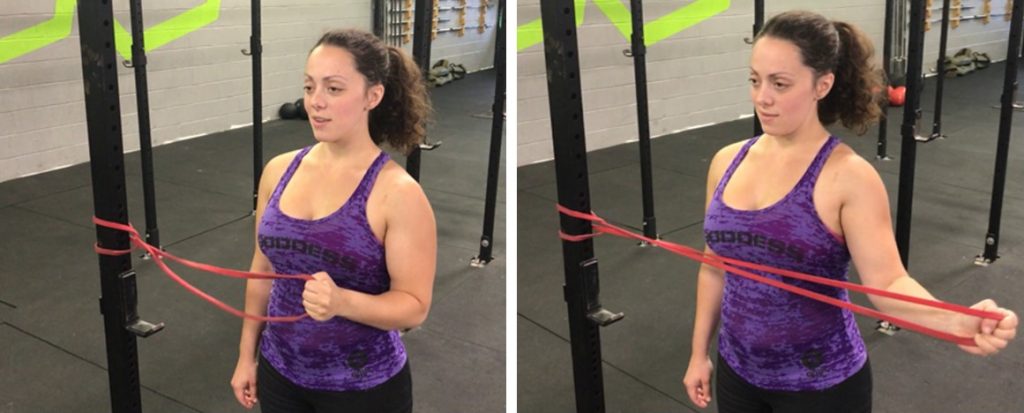
Avoid Risky Exercises
In medicine, we have a name for the difference between the effective dose of medication and the lethal dose of the same medication. This is known as the therapeutic window. And exercises have a similar window when it comes to the risk of injury.
Some exercises have a fairly low risk of a shoulder injury, like pushups. You don’t need the perfect form for a pushup to be both safe and effective. But others like the sumo high-pull deadlift or upright row can be fine IF your form is perfect. Unfortunately, most people tend to do them poorly. (I know, I know, not YOU! You’re different. You do all your lifts FLAWLESSLY!)
That’s why I don’t recommend either of those two movements. Nor do I think anyone should be doing ab wheels (aka deathwheels) or bench dips. Both of these movements force your shoulders to move in a way they aren’t supposed to go. And I’ve seen that cause far too many injuries.
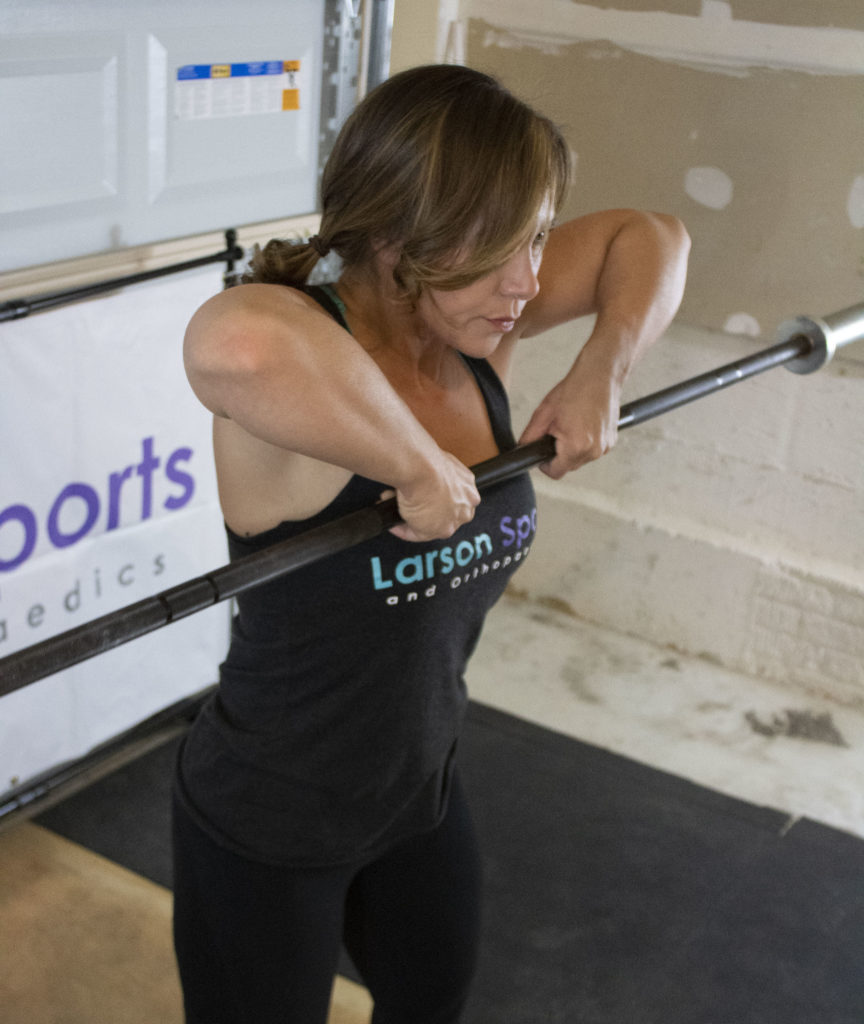
Work on Your Shoulder Flexibility To Avoid Injury
Flexible shoulders are happy shoulders. And a modern workout may require you to take your shoulders through a full range of motion under the stress of a fully-loaded barbell. If your shoulders lack mobility, you’ll be forcing them to work in less-than-optimum positions. That’s why it is important to keep your shoulders loose for proper lifting form and technique. Check out our Guide to Shoulder Stretching here.
How far should you go? Well I don’t recommend hanging from a bar, or overhead presses unless you can get your arms to at least 150 degrees (with 180 being a straight line overhead.) Otherwise, you end up impinging on the cuff or arching your back to make up the extra motion you need.
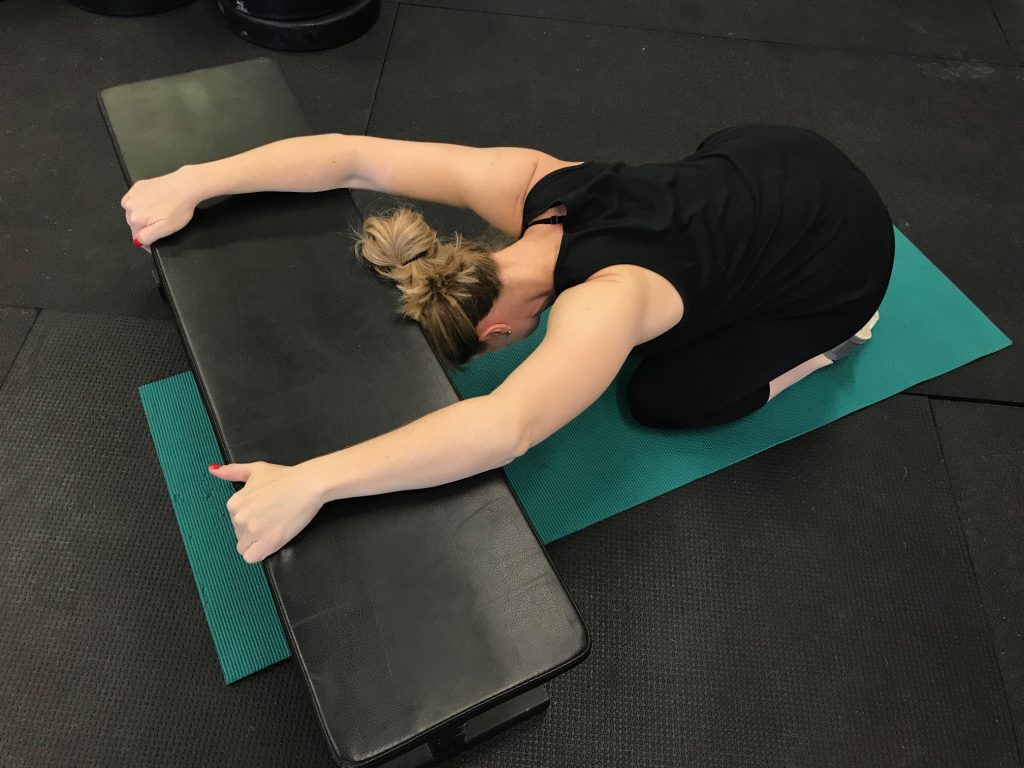
Proper Scapular Positioning for Shoulder Injury Prevention
Scapular positioning is a huge factor in shoulder injuries. In fact, I believe that poor shoulder posture is a major cause of the rotator cuff tears that people experience from everyday life. When the shoulder is slumped and rolled forward, the top of the shoulder blade (called the acromion) can actually pinch and rub on the cuff, leading to damage and inflammation. This can cause bursitis, tendonitis, and even a rotator cuff tear eventually.
Many personal trainers and group fitness coaches will use cues to keep the shoulders “down and back” to keep the shoulder positioned well. Keeping an “open chest” moves the shoulder blades down and back. This opens a nice broad channel for the shoulder to move through and prevents damage to the cuff.
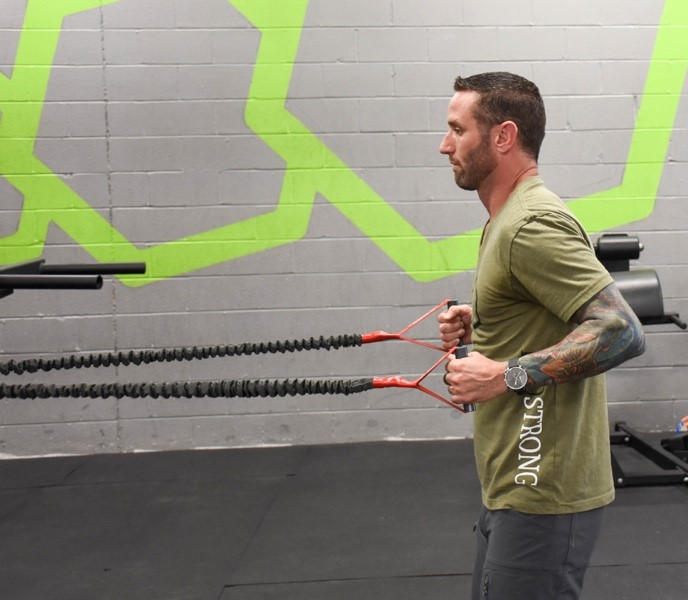
Keep Your Elbows In To Save Your Shoulders
When performing push-ups and bench press, your hand position may be leading to shoulder pain. If your hands are too wide and your elbows out away from the body, you’ll rub the cuff against the acromion. That kind of impingement is one of the main ways to tear your cuff or labrum. Trust me, I’ve fixed a lot of these kinds of injuries on people that benchpress heavy weights.
For proper form, keep your hands just a bit wider than your shoulders. And keep your elbows within a few inches of your body. That will prevent impingement and allow freedom of movement. Here are a couple of posts we’ve produced on proper shoulder position during the bench press and overhead press.
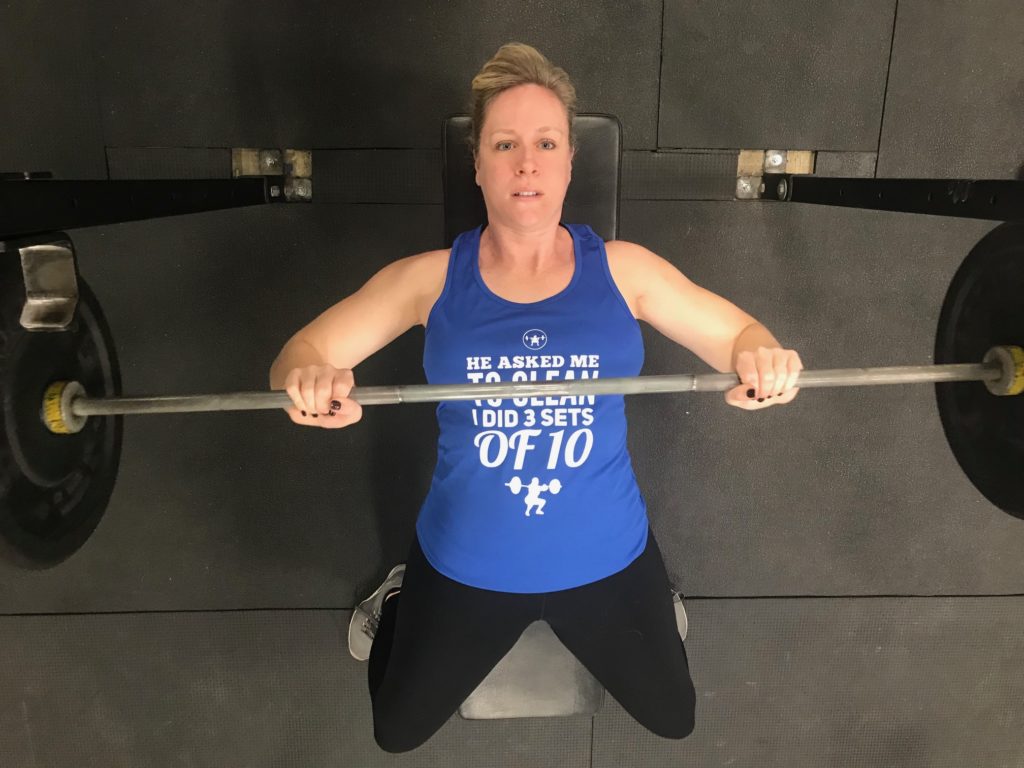
Stay in Control While Exercising
One of the most common ways people injure their shoulder during a workout is trying to rush it. Doing kipping pullups before you can do strict ones is a great example. Kipping can give you the momentum to get up to the bar. But if you are not in control on the way down, you will injure the shoulders when you hit the bottom.
Your tendons have an unusual response to forces put on them. They are viscoelastic, meaning the faster a force is applied the less they stretch. But they can easily stretch to accommodate a heavy load if it is applied slowly and under control. That’s why you may be able to deadlift a couple of hundred pounds but can tear your cuff during a simple fall!
The same thing happens during ring dips, when catching a barbell during snatch, or when dropping down into burpees. you want to be sure that your shoulder muscles are active and supportive at all of these times. If not, you are relying on the recoil of your tendons and ligaments to catch you. And that’s how you get tendon tears of the rotator cuff, pectoralis, and other shoulder muscles. Relying on your muscles and strength for stability is the best way to focus on shoulder injury prevention.


